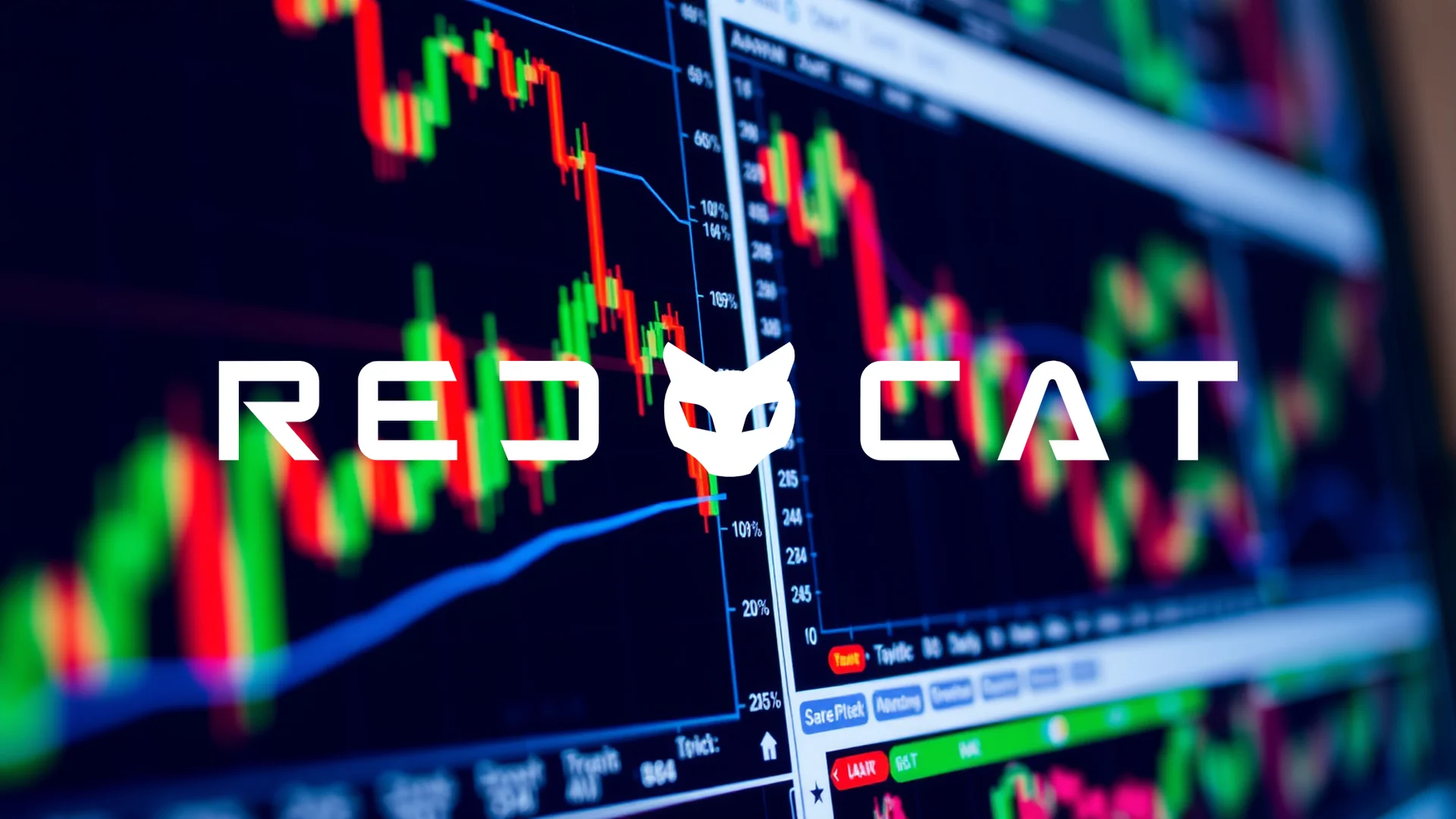Red Cat Holdings experienced a dramatic selloff after a prominent short seller issued a devastating critique of the defense technology company. Fuzzy Panda Research released findings on Friday alleging systematic misrepresentation of military contracts and product capabilities by the drone manufacturer, sending shares tumbling nearly 9% during the trading session.
Contract Valuation Discrepancy Raises Alarm
At the heart of the controversy lies a significant discrepancy in the reported value of Red Cat’s U.S. Army contract. According to the short seller’s investigation, the much-touted military agreement is allegedly overvalued by approximately 60%. While CEO Jeffrey Thompson had previously cited the contract’s worth at $55 million, Fuzzy Panda claims to have documentation obtained through Freedom of Information Act requests showing the actual value stands at just $12.9 million.
The timing of these revelations compounds their impact. Management had recently pointed to this same contract in August as sufficient to achieve the lower end of their full-year revenue guidance ranging between $80 million and $120 million. With total revenues currently standing at only $4.9 million, the short seller characterizes this projection as fundamentally unrealistic.
Product Capabilities and Sourcing Under Scrutiny
Beyond contract valuation concerns, the report challenges core aspects of Red Cat’s product offerings. Legal documents reportedly describe the flagship FANG drone system as merely a “marketing concept” rather than a production-ready platform. More troubling for a defense contractor, the system allegedly wouldn’t be prepared for a scheduled army demonstration scheduled for August 2025.
Adding to the controversy, promotional materials apparently feature components from Unusual Machines’ Rotor Riot product, including parts manufactured in China. For a company emphasizing NDAA-compliant American production as its central market differentiation, such sourcing would represent a critical vulnerability in its strategic positioning.
Should investors sell immediately? Or is it worth buying Red Cat Holdings?
Perfect Storm of Negative Developments
The short seller report arrived amid already deteriorating sentiment toward Red Cat. Just days before the Fuzzy Panda publication, Wall Street Zen had downgraded the stock from “Hold” to “Sell,” creating a cascade of negative momentum that overwhelmed the previous week’s bullish activity.
Trading volume surged to 4.75 million shares, indicating substantial institutional participation in the selloff. The combined pressure erased approximately $75 million in market capitalization during the session.
Existential Challenge for Growth Narrative
Red Cat now faces what may become an existential challenge to its investment thesis. The company’s emphasis on domestic production compliance had positioned it ideally within a defense sector prioritizing American manufacturers. Allegations regarding Chinese components strike directly at this core competitive advantage.
Management has yet to issue a detailed response to the specific allegations. The upcoming quarterly results in December now carry extraordinary significance—they must either demonstrate genuine contract growth or risk validating the short seller’s pessimistic assessment. Following a 340% surge over the preceding twelve months, the credibility of Red Cat’s entire leadership team hangs in the balance.
Ad
Red Cat Holdings Stock: Buy or Sell?! New Red Cat Holdings Analysis from November 26 delivers the answer:
The latest Red Cat Holdings figures speak for themselves: Urgent action needed for Red Cat Holdings investors. Is it worth buying or should you sell? Find out what to do now in the current free analysis from November 26.
Red Cat Holdings: Buy or sell? Read more here...









